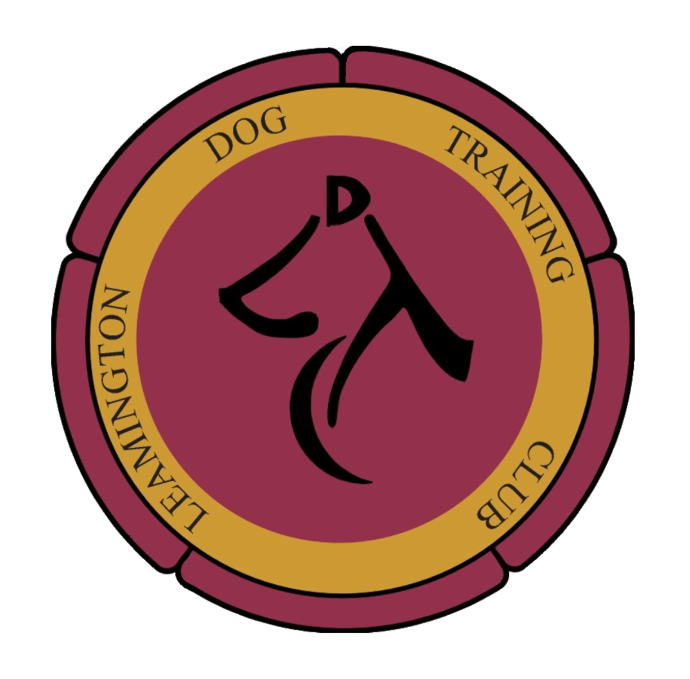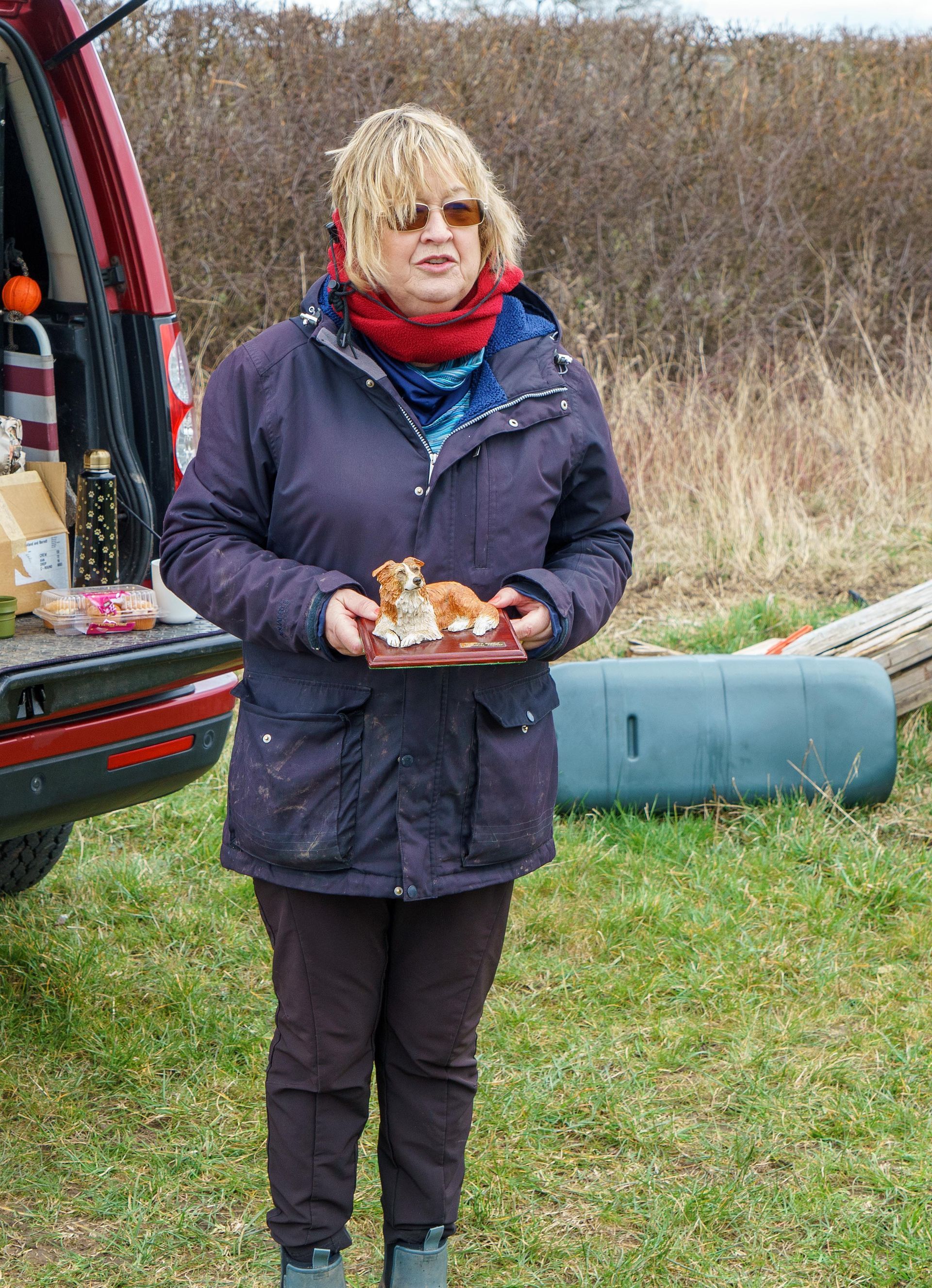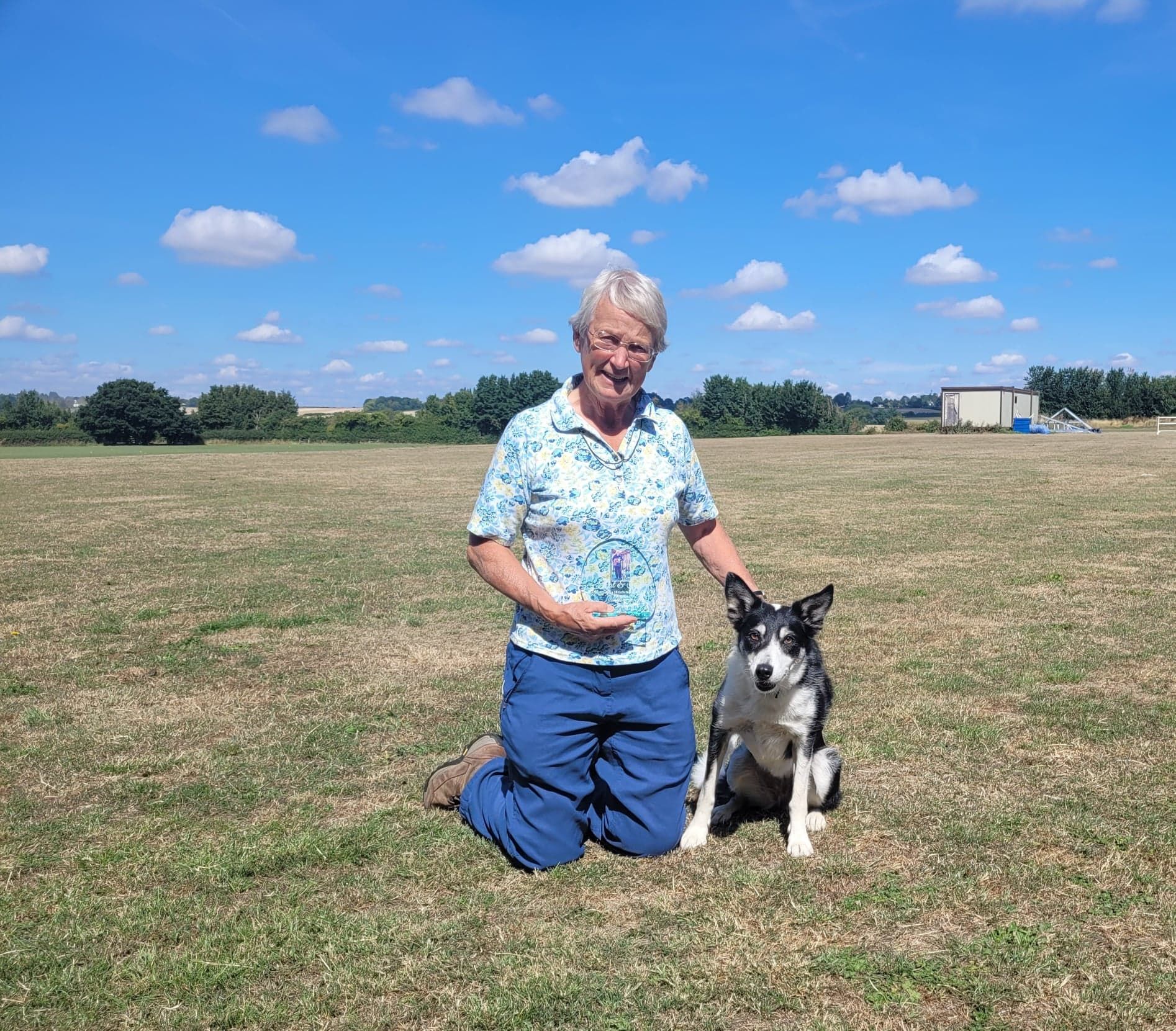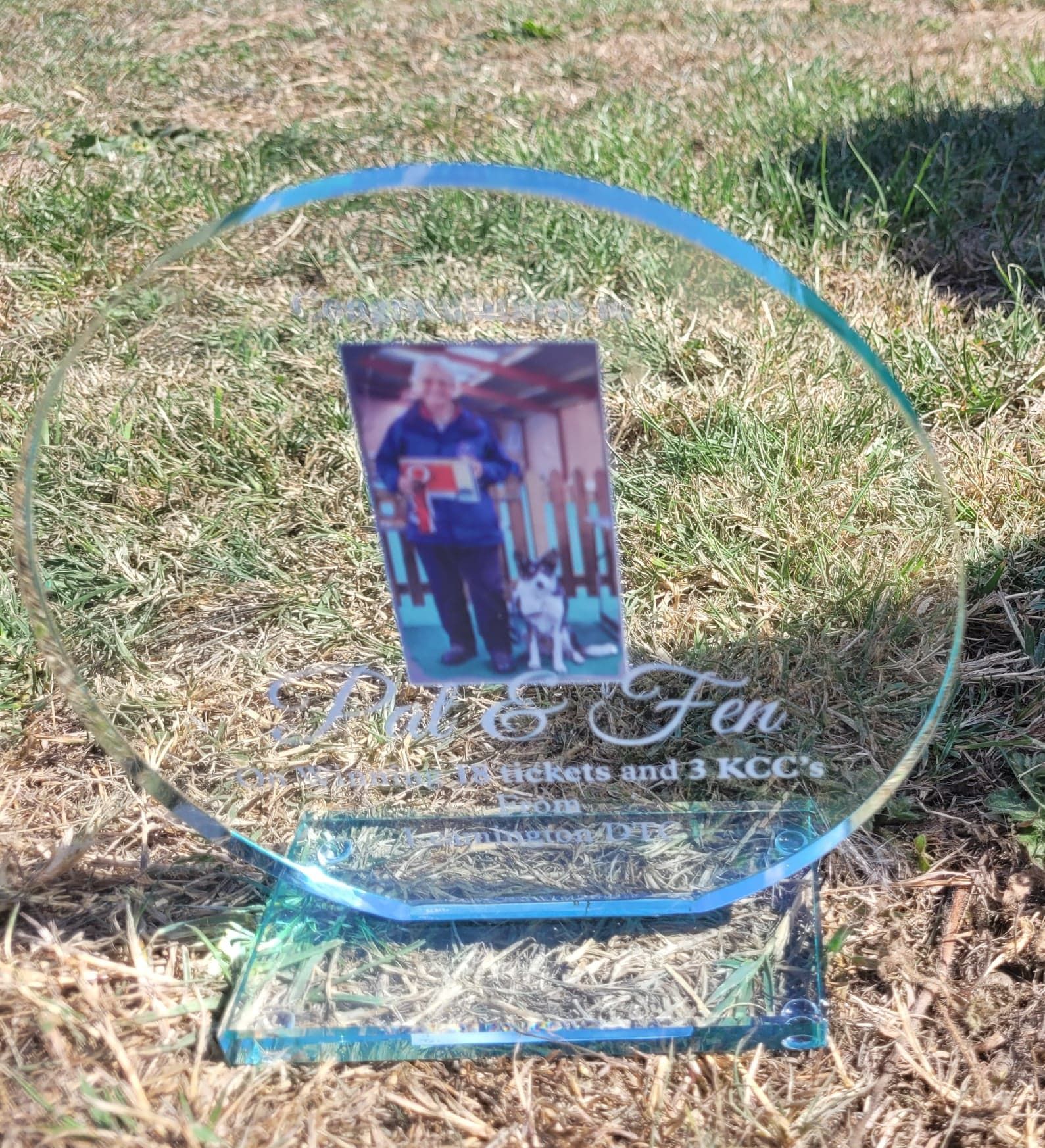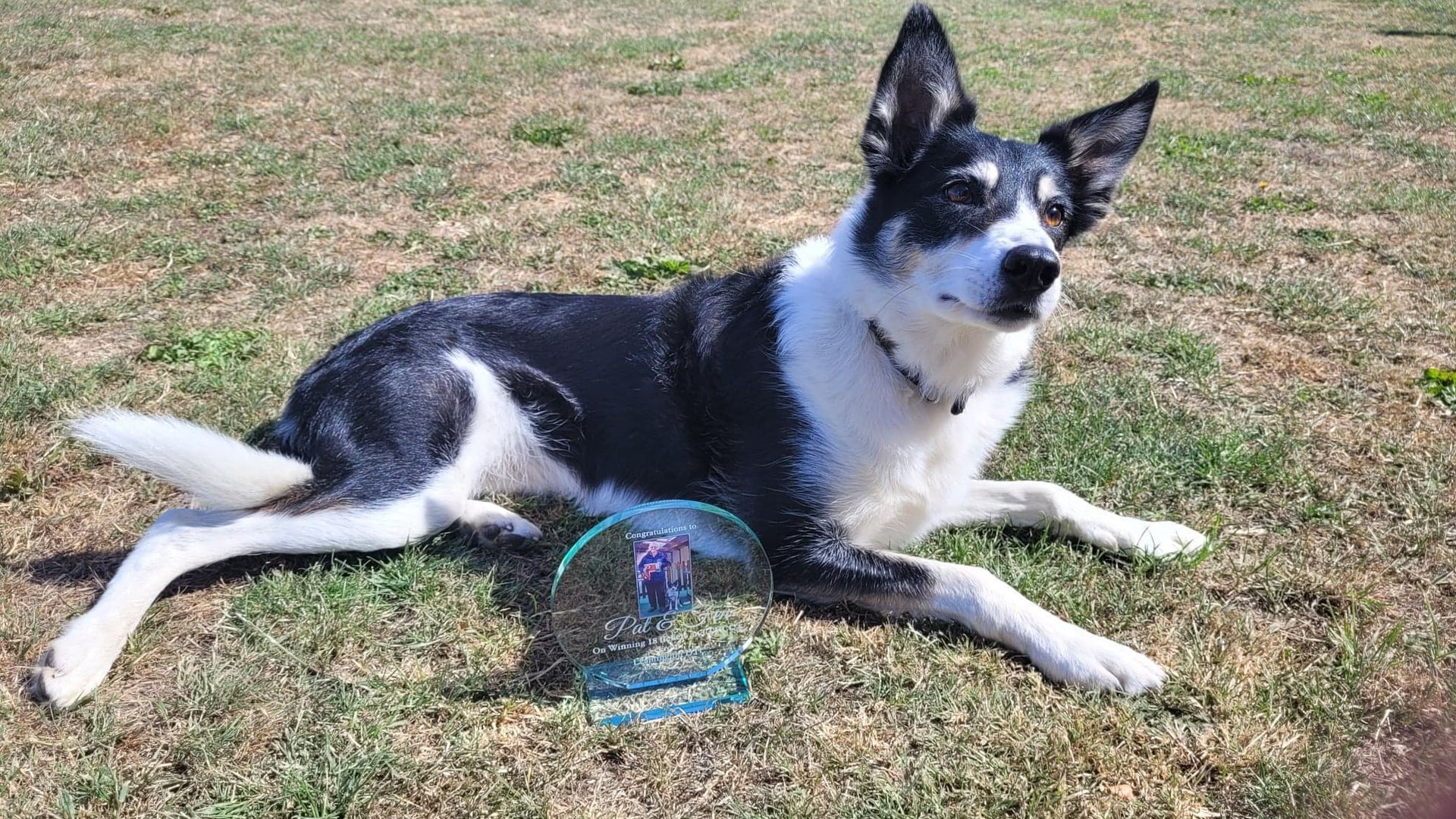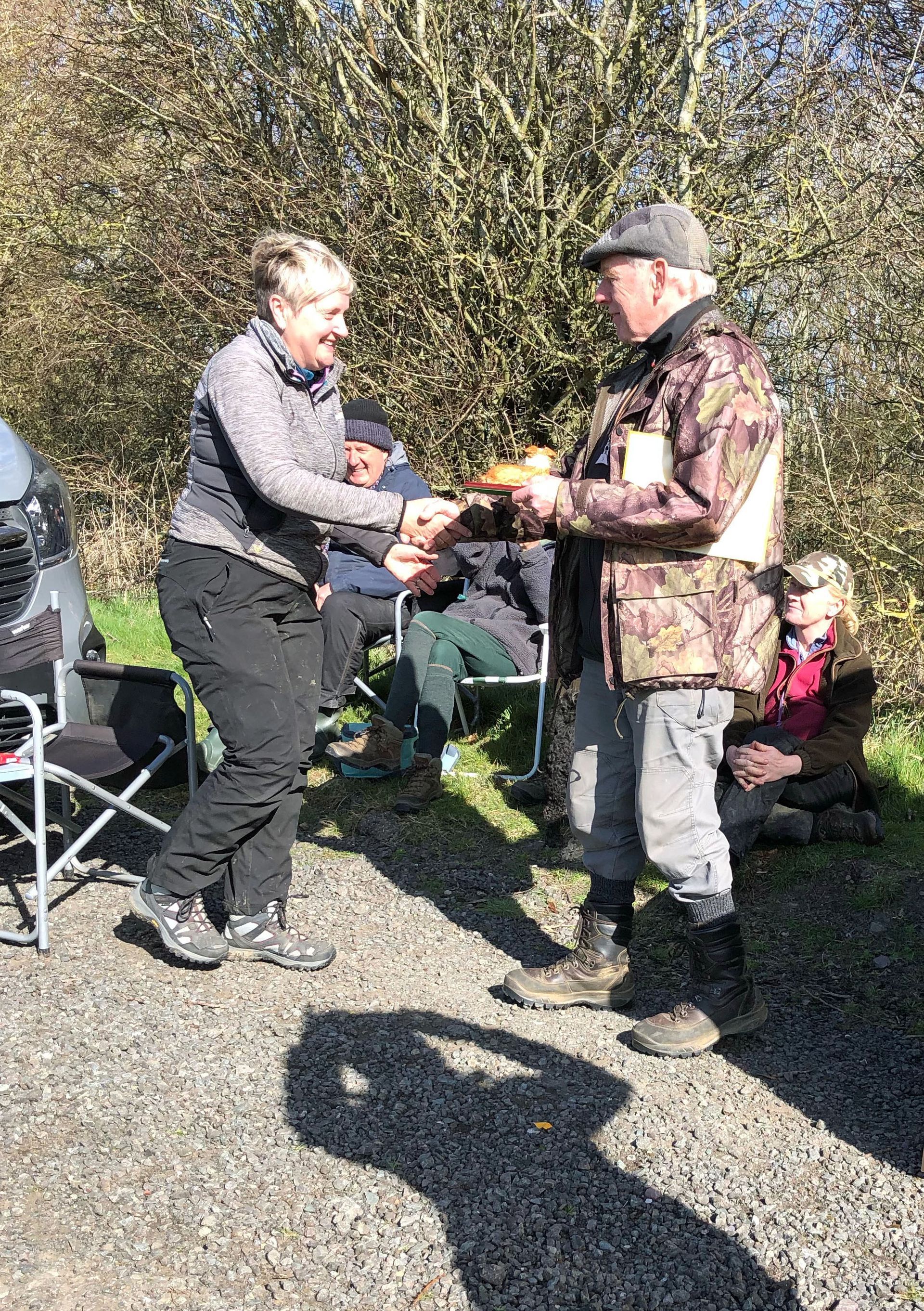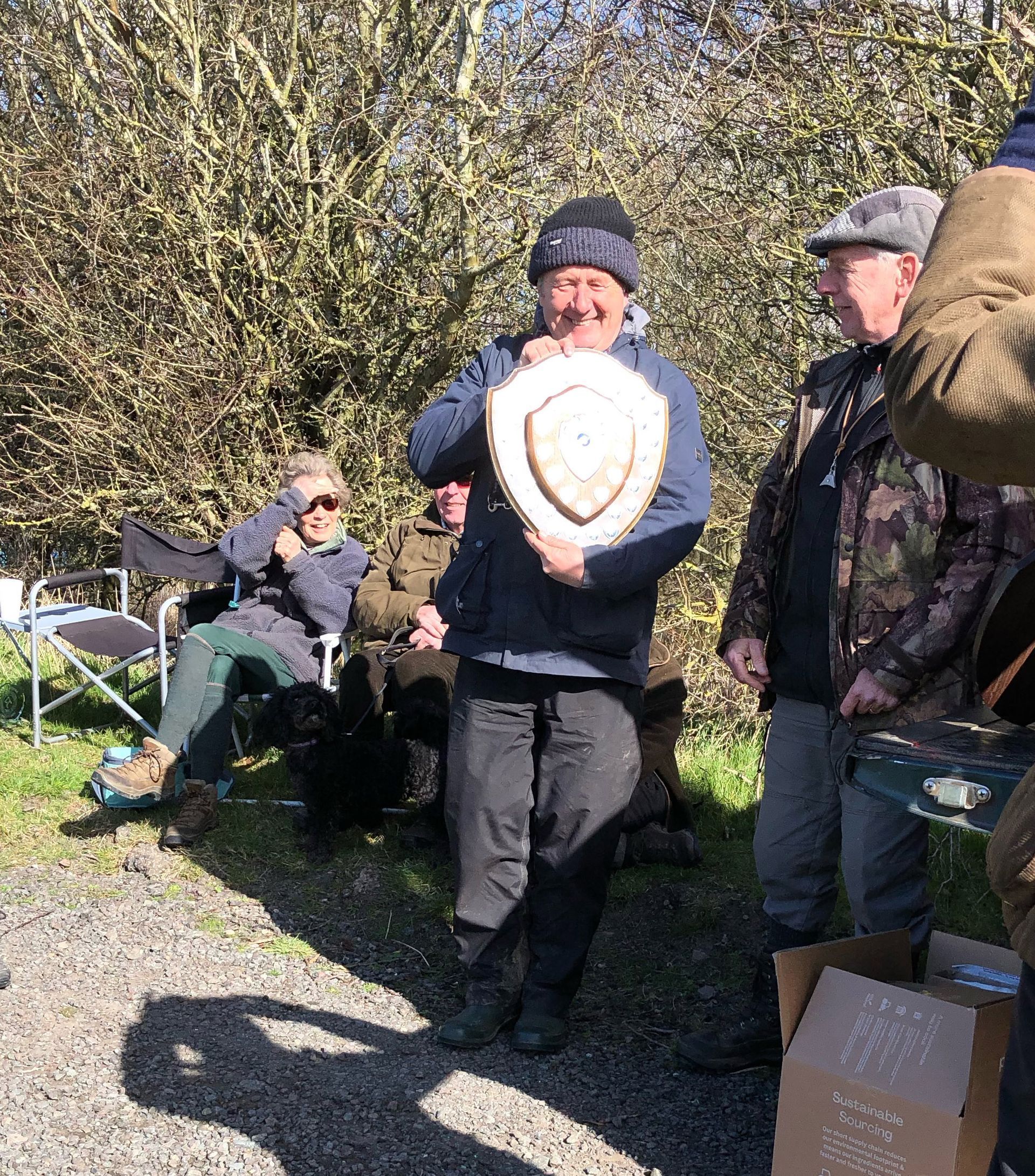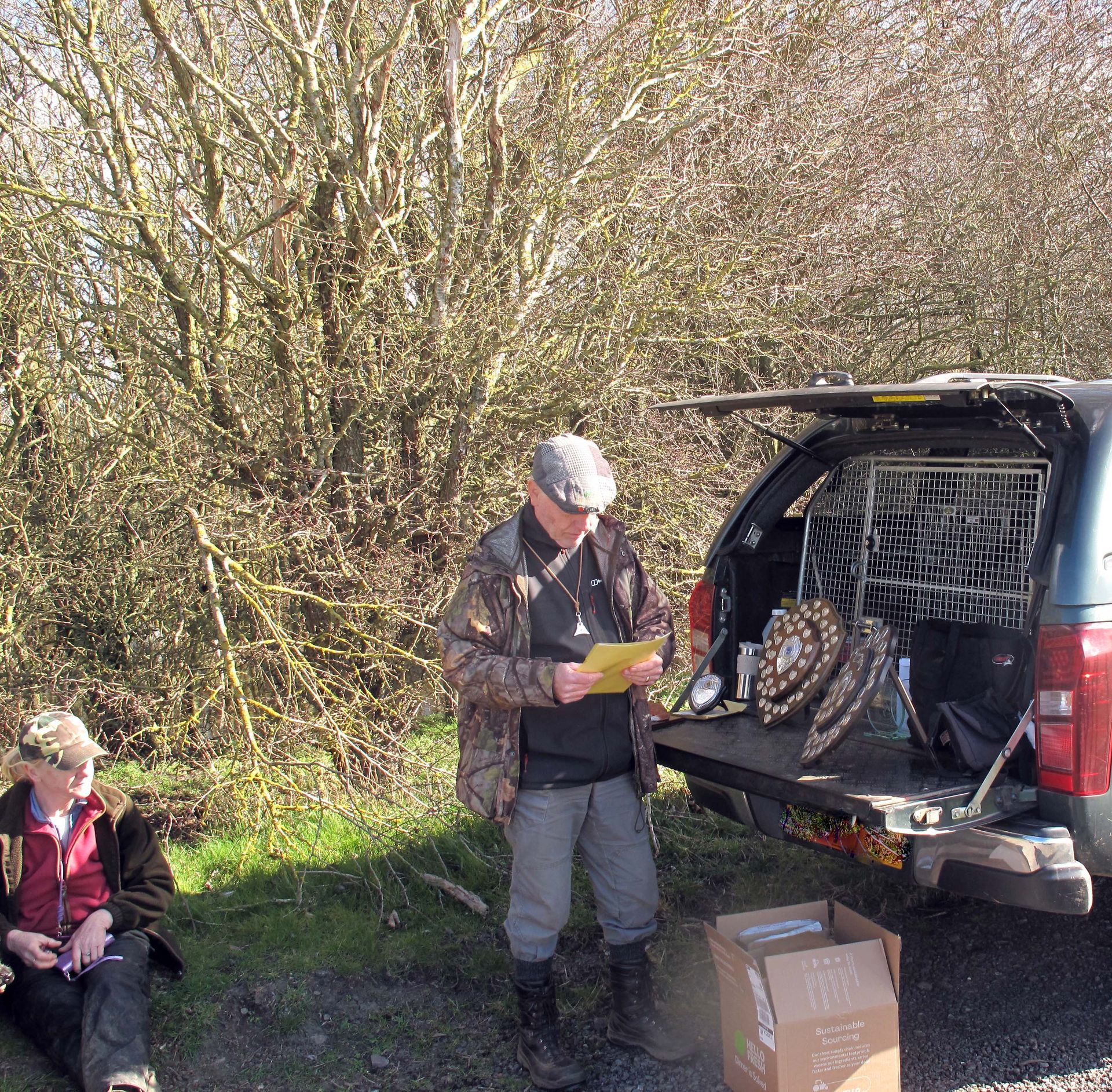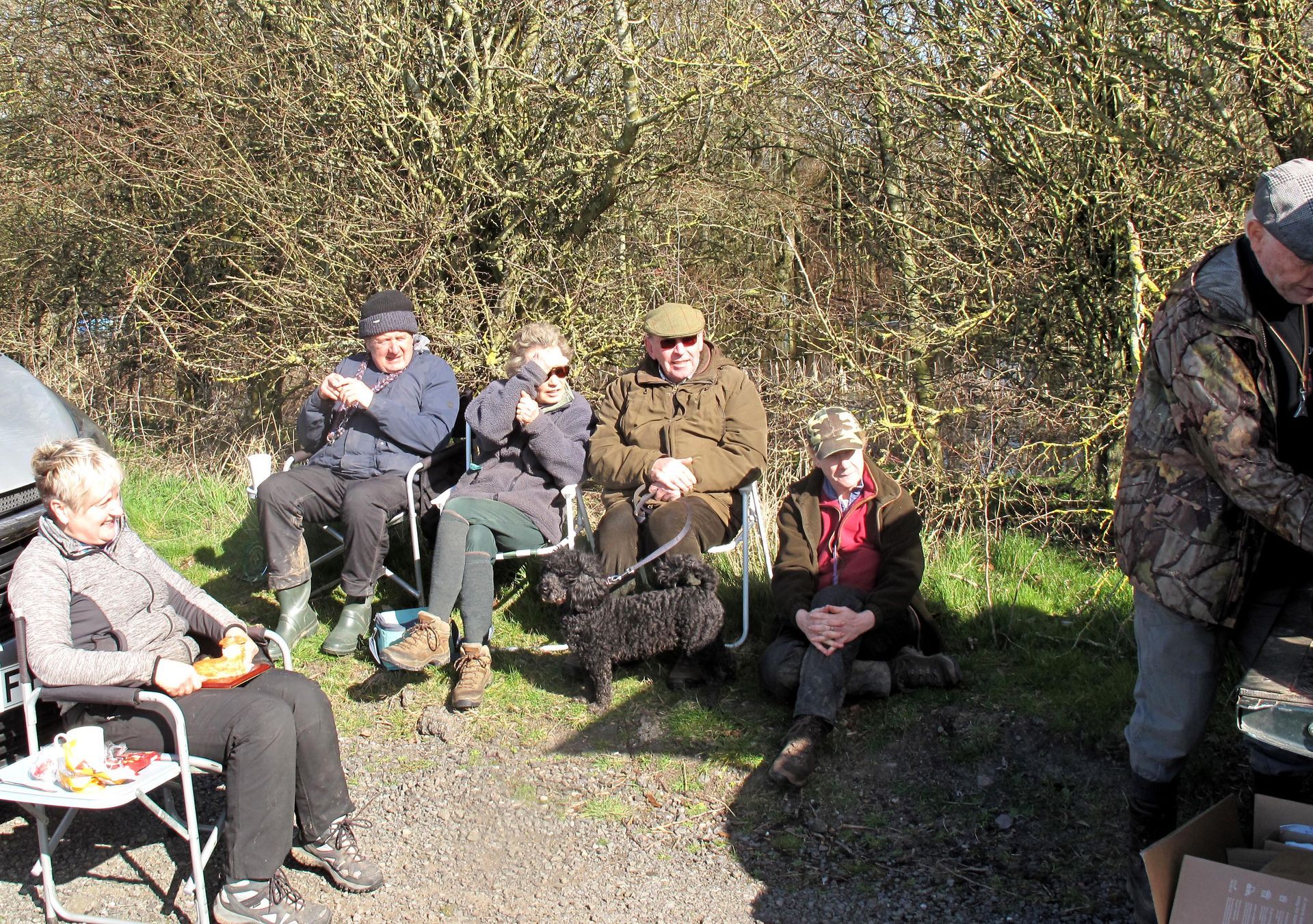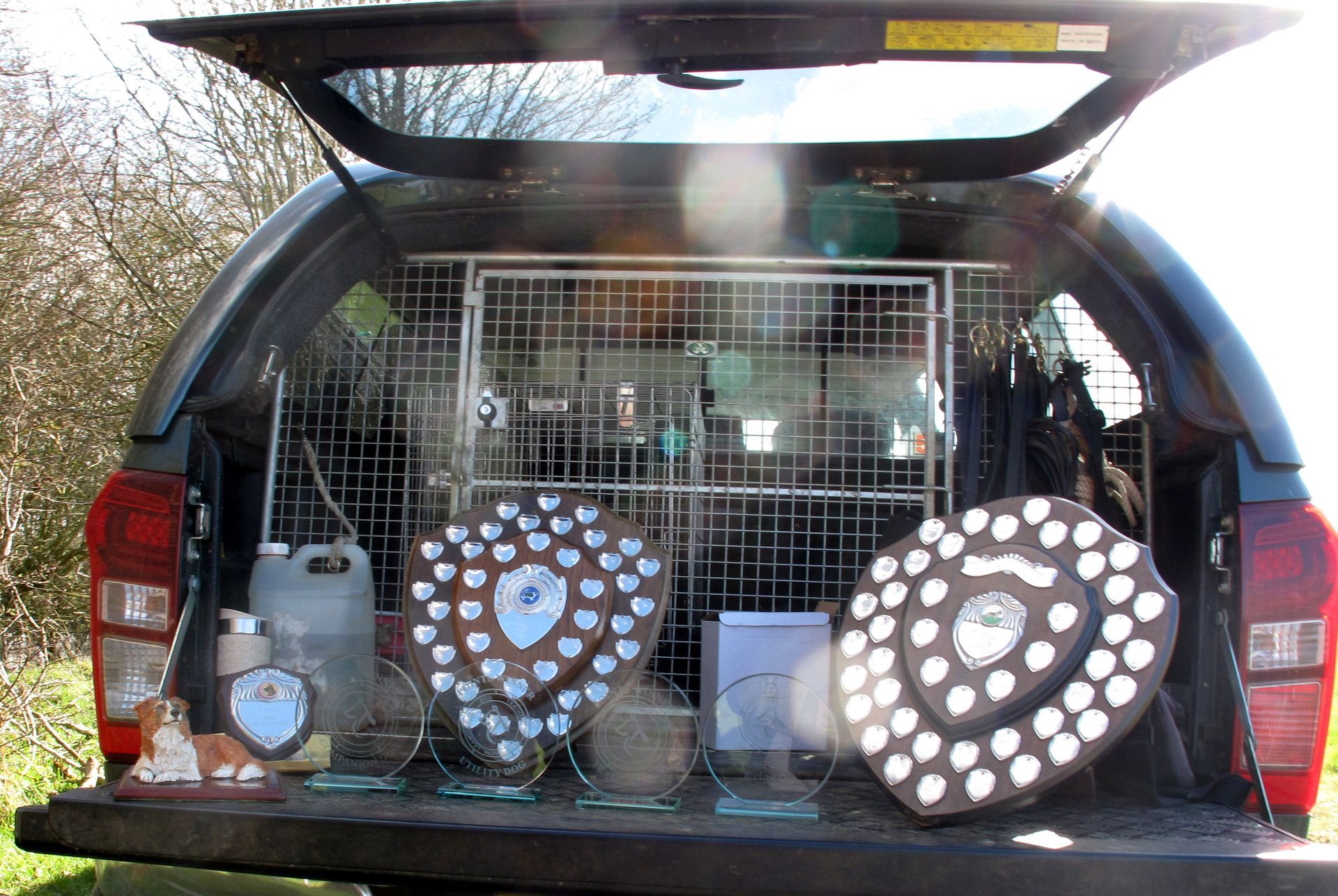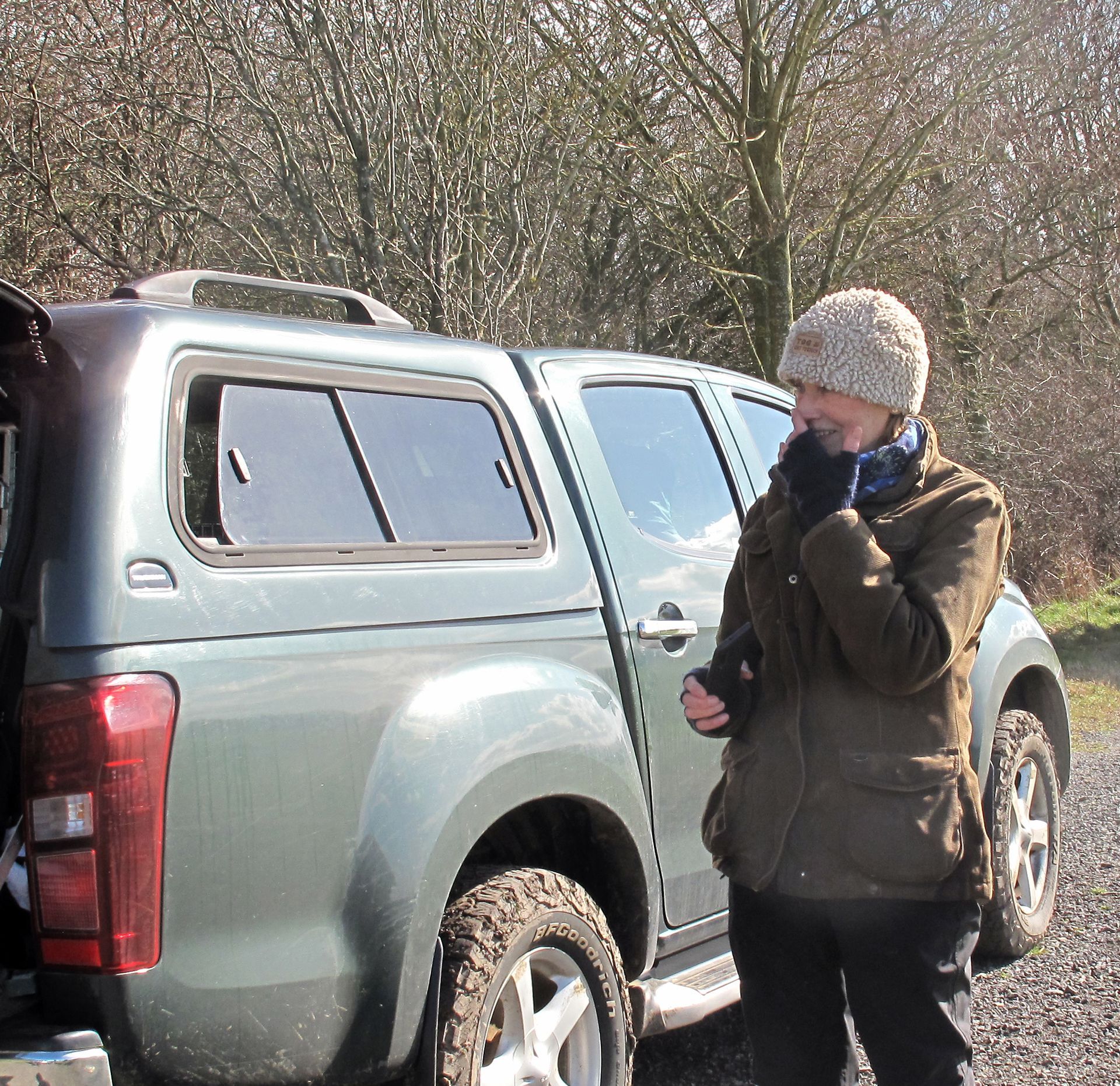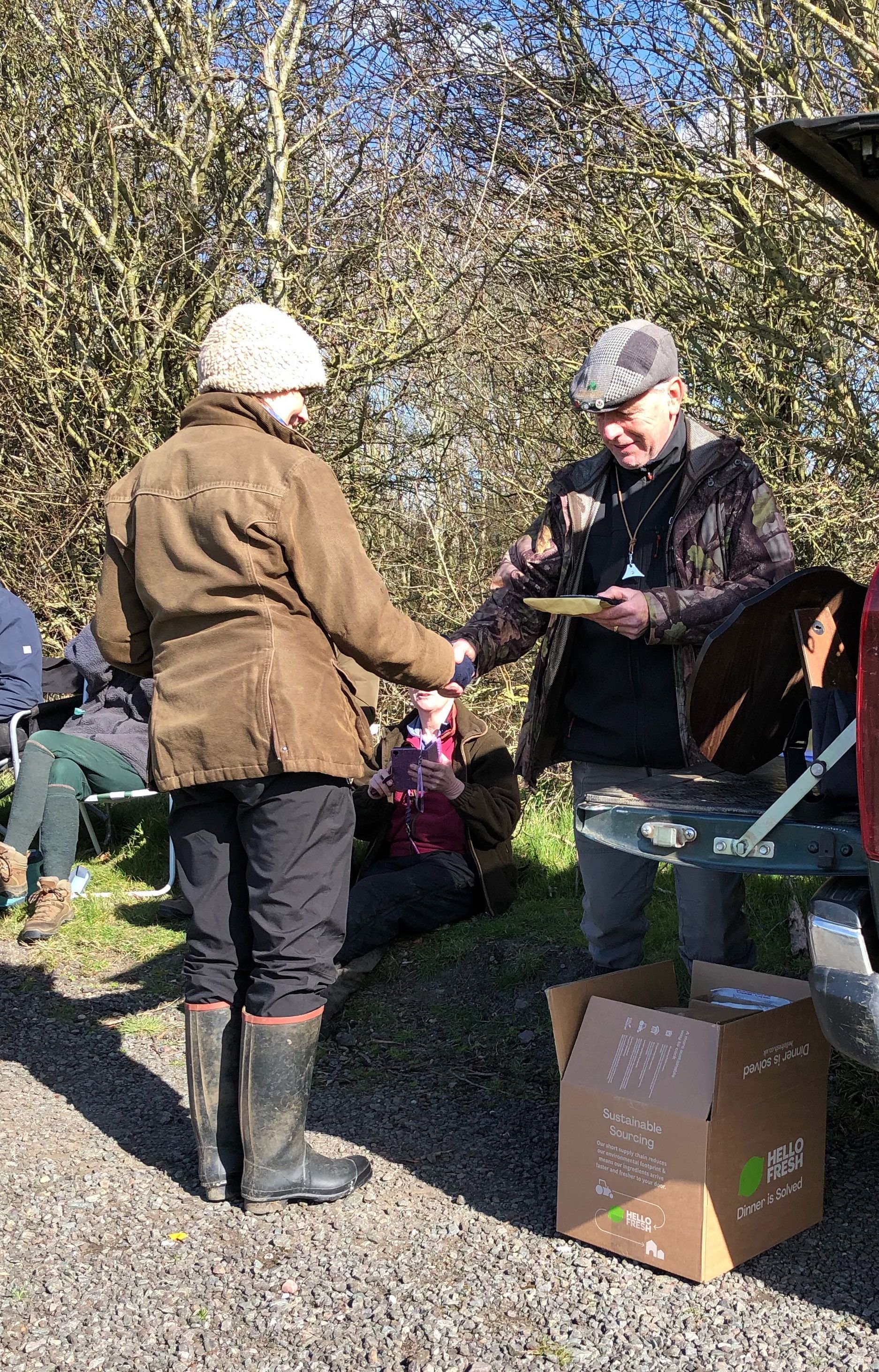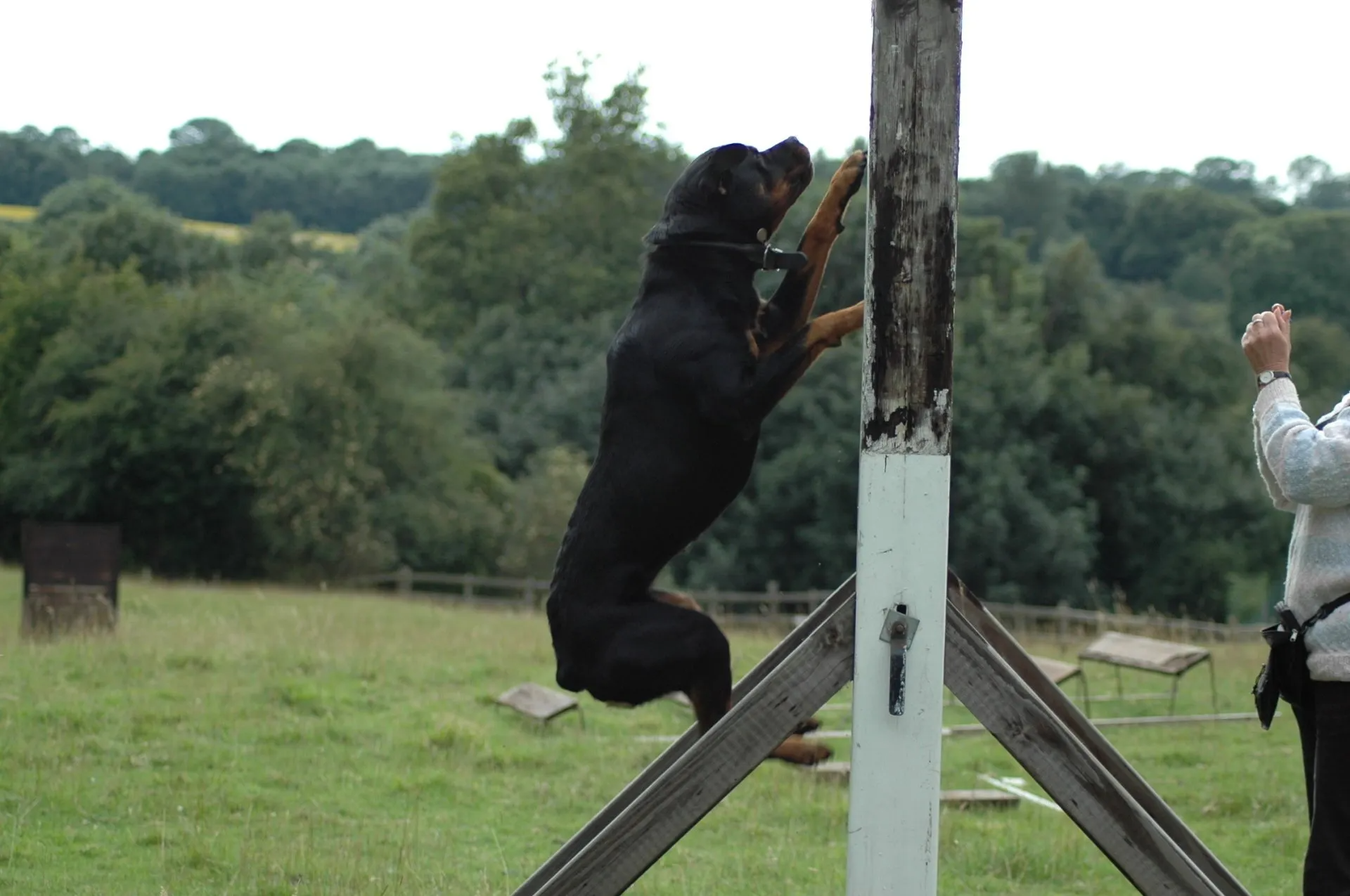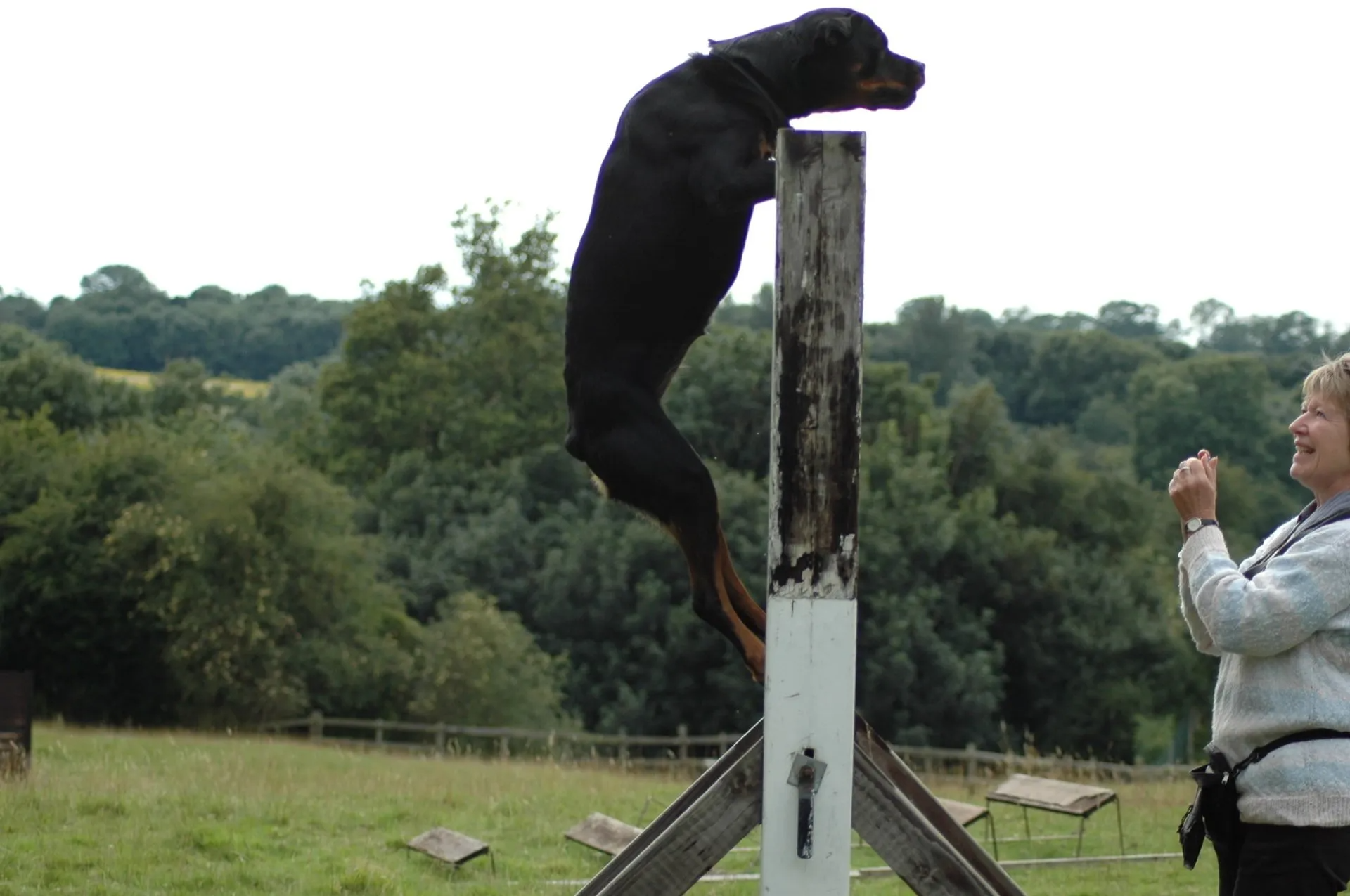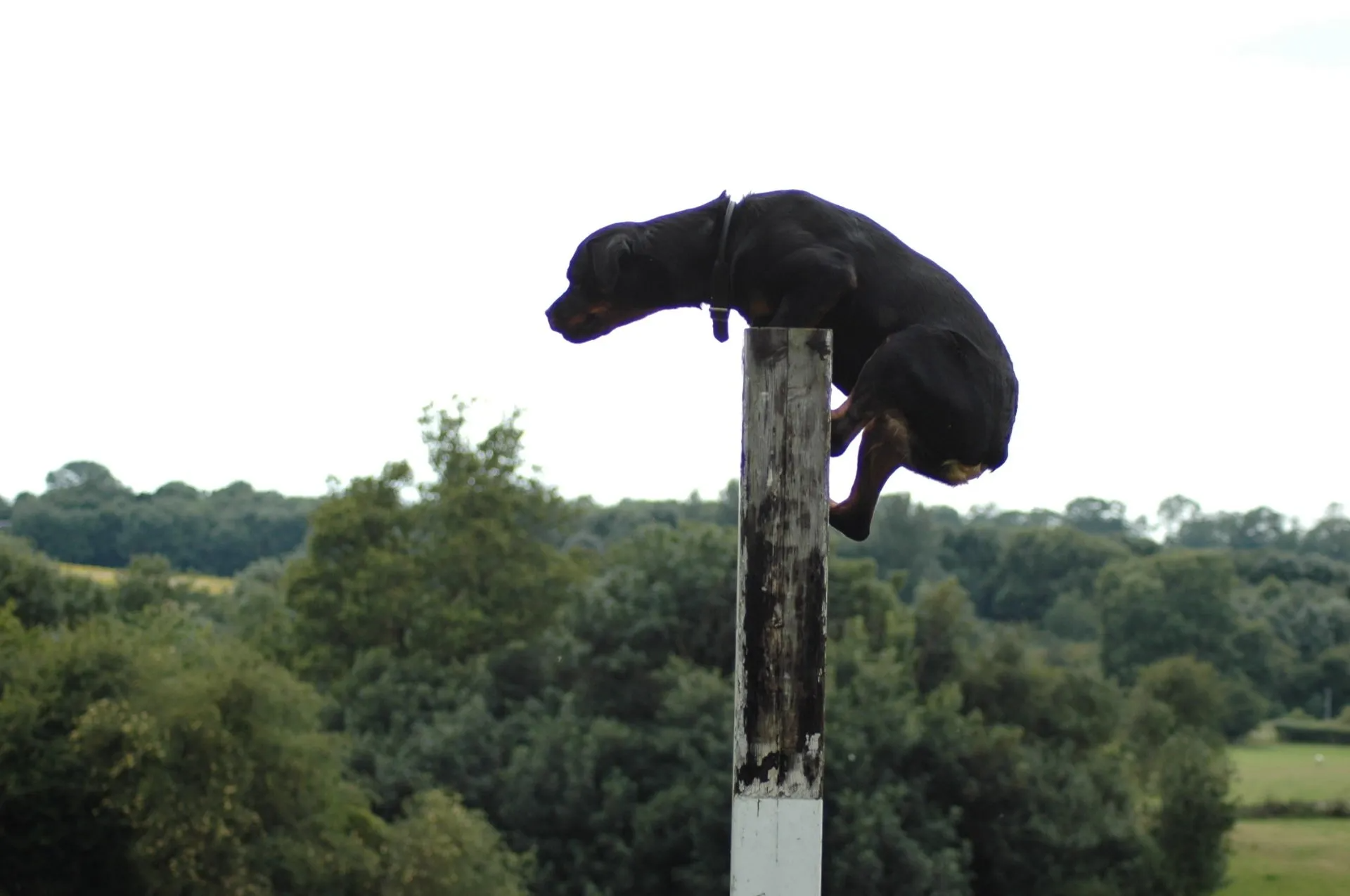Working Trials
Working trials date back to 1924 when the first event was held by the Associated Sheep, Police and Army Dog Society (ASPADS). In May 1927, the first championship working trial to be recognised by The Kennel Club was held by the Alsatian League and Club of Great Britain at Castle Bromwich.
The format of working trials was changed in 1961 and since then very minor amendments have been made to the discipline, which bears testimony to the standard that was set all those years ago.
Although working trials tests were originally based on training for police work, for today's participants working trials are purely a competitive sport. They are physically demanding, and both dog and owner need to be healthy and fit.
Preparing your dog to be able to compete successfully will require considerable time and training.
Experience in other activities such as obedience and agility will be of benefit, both in establishing a basic rapport between you and your dog, and in preparing for particular exercises like heelwork, retrieve and stay. It is essential that your dog is fully socialised and that you have effective control at all times, especially as your dog will be competing off lead.
Some elements such as 'search' and 'nosework' need specific preparation and training for working trials, and you may find it useful to attend one or two of the training weekends or longer courses available as well as regular training with a club to guide you in your preparations for competing in a trial. You might also find it helpful to attend a trial as a spectator where you can view the tests first hand and chat to competitors - an invaluable source of informal information about the sport.
Working trials require perseverance and some hard work, but at all levels they are a rewarding and fulfilling activity for handlers and their dogs alike.
1. Nosework
Nosework comprises search and track exercises. The dog follows a track laid by a 'tracklayer' (who is a stranger to the dog) walking a set pattern designed by the judge and identical for each dog. The track is approximately half a mile long and laid on grassland, arable fields or heathland with each competitor working on similar terrain to others in the stake.
As the dog follows the track it has to seek out and recover articles placed along the track by the tracklayer. The track is laid at different times, before the dog work begins, depending on the level of the competition. The other component of nosework is 'search' where the dog has to search for and retrieve articles placed in a marked area.
2. Agility
To test its agility, the dog must clear three obstacles - a three-foot hurdle, a six-foot-high wooden scale and a nine-foot long jump. Two attempts may be permitted for each obstacle.
3. Control
There are various exercises in this section which are detailed below:
- Heelwork: the dog must walk with its shoulder reasonably close to the handler while the handler navigates their way around people and obstacles at different speeds
- Sendaway: involves sending the dog away across a minimum distance of 50 yards, the handler will then redirect the dog through a series of commands
- Retrieving a dumbbell: the dog must retrieve a dumbbell which has been thrown by the handler
- Down stay: the dog must stay in the down position while the handler is out of sight for a period of time
- Steadiness to gunshot: the dog is tested on its reactions to gunshot. The dog will be penalised if it shows any signs of fear or aggression
- Speak: the dog is ordered to 'speak' and cease 'speaking' on command by the handler with a minimum of commands and/or signals
The working trials section train at Onley Equestrian Complex near Dunchurch. Currently they train once a month on the 2nd Monday of the month from 10.00 onwards.
The Kennel Club - Working Trials (this link will take you to the Kennel Club's website).
Working Trials Info (this link will take you to the website).
More information about staying safe at training classes can be found on the Kennel Club website:
thekennelclub.org.uk/training/how-to-stay-safe-when-you-go-back-to-training
